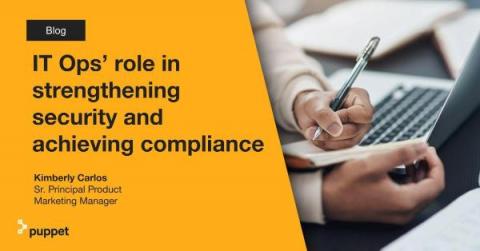IT Ops' role in strengthening security and achieving compliance
It wouldn’t be Cybersecurity Awareness month without some spooky-themed blogs with language focused on Fear, Uncertainty, and Doubt (FUD). Luckily, it’s the end of November now, and this isn’t that kind of blog, but what was true in October is still true today. I won’t tell you that you need to be afraid of bad actors infiltrating your security defenses and wreaking havoc in your infrastructure. Why? Because you are likely stressed enough already. Don’t you think?










